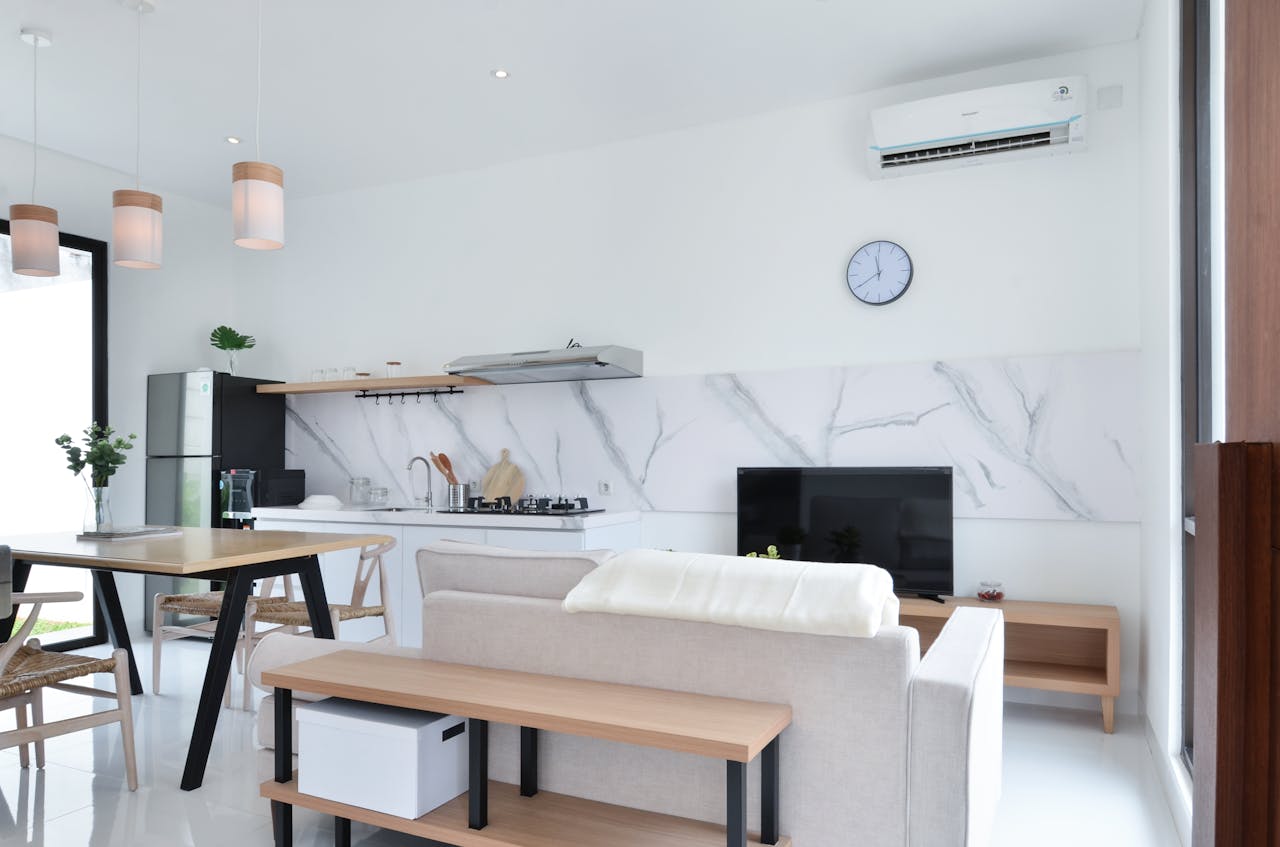Finding the Perfect Fit:
Choosing the Right Size Wall Mounted Air Conditioner for Your Home
Selecting the right wall-mounted air conditioner is key to effectively cooling your home while keeping energy costs in check. With a range of options, finding the ideal fit can feel overwhelming. This article aims to simplify the process and assist homeowners in making decisions when opting for a wall-mounted AC unit.

Understanding BTUs and Their Significance
Before selecting the size of the wall mounted air conditioner for your home, it's important to grasp the concept of BTUs (British Thermal Units) and their importance. BTUs indicate an air conditioner's cooling capacity; higher BTU ratings correspond to increased cooling power. While many assume that bigger always means better in terms of BTU output, this is not necessarily accurate.
Calculating Cooling Needs: Room Size Considerations
The initial step in determining the air conditioner size is assessing your room's square footage or area. This measurement acts as a guide for choosing a properly sized unit.
For rooms up to 300 feet, air conditioners with approximately 7,000 8,000 BTUs are typically recommended. For rooms that are about 500 square feet, it's recommended to go for air conditioning units ranging from 10,000 to 12,000 BTUs.
On the other hand, larger spaces up to 700 feet may require units with a higher capacity of 14,000 to 16,000 BTUs. However, don't forget to take other factors into account before making your choice.
Gauging Insulation Needs
Assessing insulation is key when deciding on the size of a wall-mounted AC unit for your home. Poor insulation can lead to temperature leaks and decreased efficiency with a larger unit. If your home has insulation, you might need to increase the BTU capacity by 30%. Conversely, insulated homes could manage with a BTU output for effective cooling—reducing the BTUs by roughly 10% in such cases.
Remember to factor in sunlight exposure and room orientation, as they greatly influence your space's cooling needs. Rooms that get sunlight for longer periods will naturally be warmer and might require higher BTU outputs. Similarly, rooms situated on higher floors tend to be warmer due to air rising from lower levels.
If your room fits into either of these categories, it's a good idea to increase the recommended BTU size by 10% or 20% based solely on the square footage.
Considering Window Size Constraints
While assessing window location and direction is crucial, it's just as vital to check if your window can actually accommodate a wall-mounted air conditioner. Be sure to measure both the outside dimensions of your window before choosing an AC unit. Taking measurements will help avoid purchasing a unit that doesn't fit correctly or requires alterations for installation.
Planning for Cross Cooling Setup
Implementing cross-flow cooling can greatly enhance the efficiency of wall-mounted air conditioners. By positioning AC units near windows or areas with external heat sources, you ensure proper airflow and uniform cooling throughout your house.
This approach lets you opt for units since each one serves a section of your living space. By dividing areas with units, homeowners gain flexibility without overloading any one unit's capacity. Furthermore, cross-flow cooling aids in distributing energy consumption across multiple units.
Seeking Advice from an HVAC Expert
For sizing recommendations tailored to your home's requirements, seeking guidance from an HVAC professional is strongly advised. They possess the expertise and practical knowledge to determine the BTU capacity based on various factors specific to each household, including the quality of insulation, sun exposure, window dimensions, and room positioning.
Conclusion
Selecting the size of the wall-mounted air conditioner for your residence is essential for maintaining a pleasant indoor atmosphere. By taking into account aspects like room dimensions, insulation quality, window positioning, and orientation, homeowners can choose a unit that maximizes cooling efficiency while minimizing energy usage. It is advisable to consult with an HVAC professional for advice and expert recommendations tailored to your home's requirements.